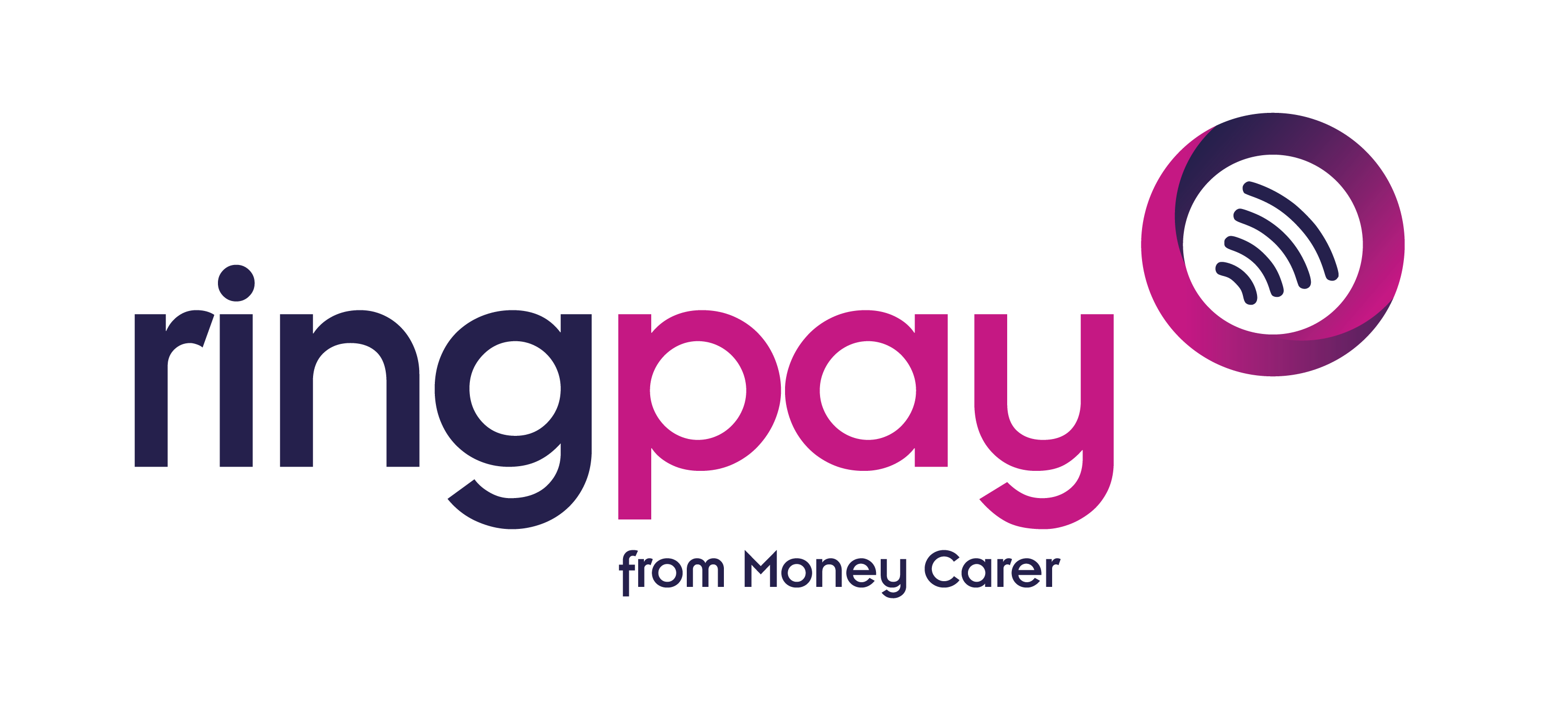Payment rings are turning hands into wallets—tap, pay, done. Behind that effortless experience are the global payment networks Mastercard and Visa, whose standards, security, and partnerships make wearable payments work almost anywhere you can tap a card.
What Are Payment Rings?
Payment rings are NFC wearables that store a tokenised version of your card. They let you pay with a quick tap at any contactless terminal—no phone, no wallet, no battery anxiety.
Why people love them
-
Instant tap-to-pay convenience
-
Always on (no charging required for passive NFC rings)
-
Water- and gym-friendly
-
Works wherever contactless is accepted
The Networks Behind the Magic: Mastercard & Visa
Mastercard and Visa provide the backbone that brings payment rings to life:
-
Global acceptance: Rings ride on the same contactless infrastructure as cards, so they work at millions of terminals worldwide.
-
Tokenisation & cryptograms: Real card numbers are replaced with secure tokens; plus dynamic cryptograms protect each transaction.
-
Security standards & certification: Devices and issuers must meet scheme rules before a payment ring can transact on the network.
-
Ecosystem partnerships: Networks coordinate banks, issuers, device makers, and FinTech's to enable smooth provisioning and use.
How Payment Rings Work (In 5 Quick Steps)
-
Provision your ring in the companion app by linking a card.
-
The network (Mastercard/Visa) tokenises your card; the token is stored securely.
-
Tap your ring on a contactless reader; NFC transmits the token.
-
The network authenticates and routes the transaction to your bank.
-
The bank authorises it—usually in under two seconds.
Benefits of Payment Rings (for Everyday Life)
-
Security first: Tokenisation means merchants never see your real card number.
-
Speed & ease: One tap—ideal for commuting, workouts, festivals, and travel.
-
Go-anywhere: If a shop takes contactless, your payment ring works there.
-
Lifestyle-proof: Great for wet, outdoor, or hands-busy moments.
Challenges (and What’s Changing)
-
Issuer support: Your bank must enable tokenised wearables.
-
Device certification: Rings must pass scheme security checks.
-
Regional rules: Contactless limits and CVM rules vary by market.
Momentum is strong: more issuers, broader certification, and expanding merchant acceptance are making payment rings a mainstream option.
The RingPay Perspective
At RingPay, we design hardware and onboarding flows that make payment rings feel invisible—secure where it matters, effortless everywhere else. Our work aligns with Mastercard and Visa standards so your ring just works.
Ready to try RingPay?
Experience the simplest way to tap and go with payment rings that fit your life. Shop now
FAQs: All about Payment Rings
Are payment rings safe?
Yes. Payment rings use tokenisation and dynamic cryptograms. Your actual card number isn’t shared with merchants.
Do payment rings need charging?
Most passive NFC payment rings do not require charging.
Where can I use a payment ring?
Anywhere contactless is accepted on Mastercard or Visa.
What if I lose my ring?
You can suspend or remove the token via your app without replacing your physical ring.



Share:
Five Reasons to Leave Your Wallet at Home
The Best Five Reasons to Buy a Payment Ring in 2025